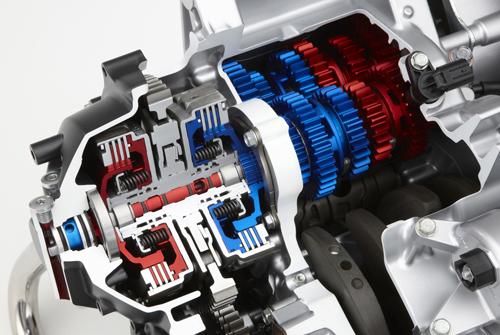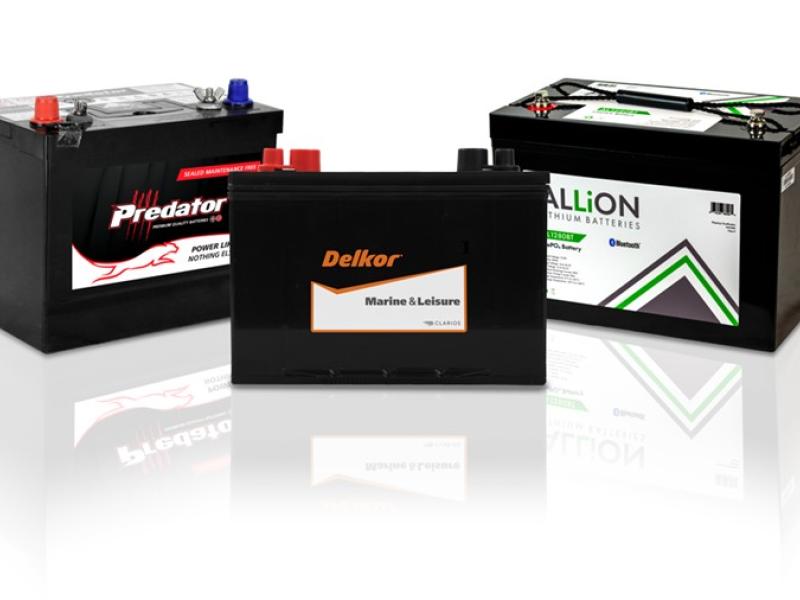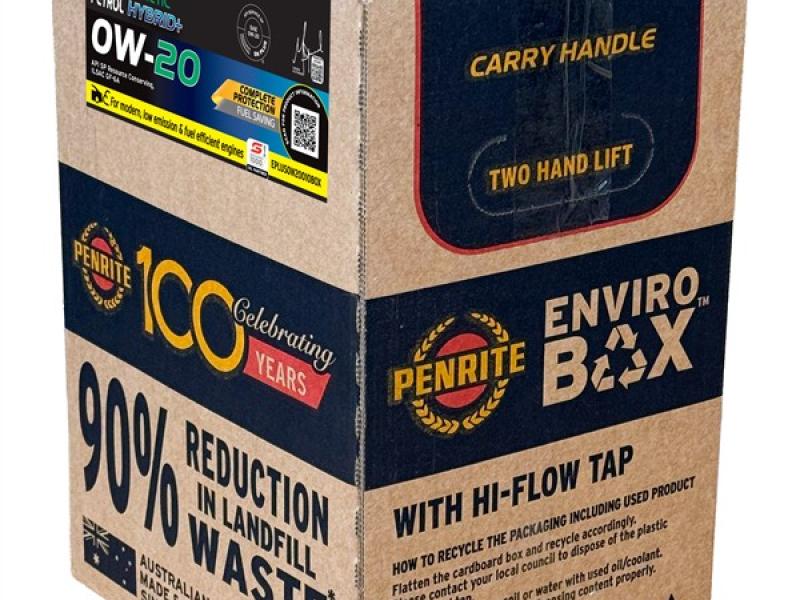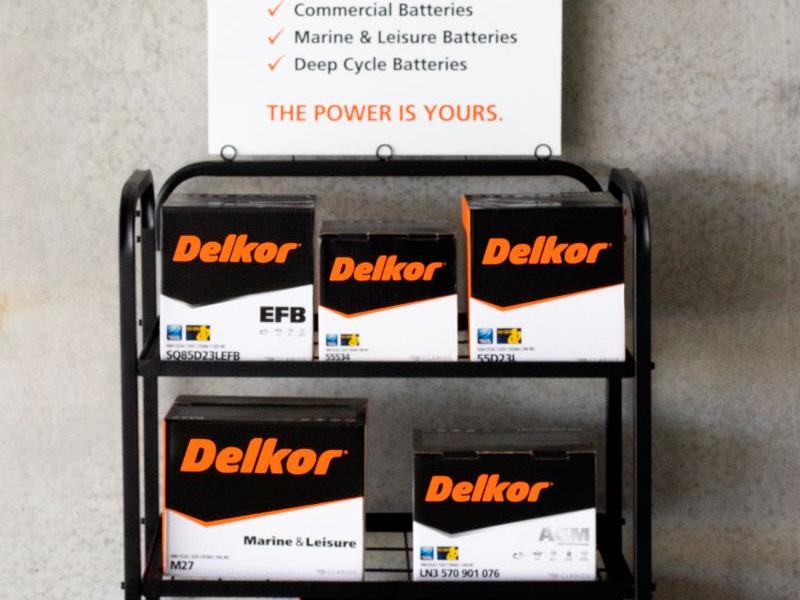If any one area can be described as the basic bread and butter of a workshop, it has got to be the undercart – the brakes, clutch, and suspension.
These three items all comes in for a lot of wear, and at the same time they are not items the ordinary driver will ever think about – until they go wrong.
Changing brake pads might be something a DYI guy might try, and it can be relatively easy – but the problem comes in when the discs have been so badly worn that they have to either be skimmed, or replaced.
And, of course, with the increasing use of electronics, it’s the brakes that get the sensors which run the whole show, and these can be damaged by ham-handed handling.
Changing a clutch? Used to be easy with a VW Beetle, or some of the more straight-forward rear-drive small cars, but as the switch to front-wheel drive has taken place, so this has become a more and more complex procedure, demanding trained technicians and proper tools.
And to top it all off, the increasing use of double clutch automatic gearboxes has put a whole new learning curve into the ball park.
Even suspension isn’t as straight-forward as it used to be, with some of the more-advanced premium cars having quite complex systems that require a lot more than a spanner, a spring compressor, and strong arms!
What we’re trying to say is that it pays to keep up-to-date with the latest trends, and to see what’s out there to make your life easier. To misquote Shakespeare, read on MacDuff!
BRAKES
As brakes move from merely being a device to stop a vehicle, to being part of an integrated safety system, we can expect even more advances regarding improving efficiency, especially brake pad and rotor life, while at the same time keeping costs down.
Modern brakes are associated with electronic assistance, often known as electronic brake system (EBS) as a whole. An EBS is composed of any of the functions such as Anti-lock brake system (ABS), electronic stability programme (ESP), electronic brakeforce distribution (EBD), traction control system (TCS), rollover stability, torque vectoring, and so on.
All of these systems put additional load on the braking system and promote wear in the pads and brake discs.
On top of this, energy recovery systems used to reduce the load on the alternator, and thus wasted fuel (or even to get rid of the alternator altogether) are making brake systems ever more complicated.
Currently ceramic and carbon fibre brake discs are confined to top-end sports cars, but there’s no reason to think some of this technology won’t filter down to mass-produced cars eventually, and hence to your workshop!
CLUTCH
Although “regular” automatic transmissions continue to get more and more efficient (and certainly offer the best driver experience), the move towards both double clutch transmissions and continuously variable transmissions (CVTs) is gaining pace, particularly among smaller, more economy-oriented, cars.
Of the two, CVT is the cheapest, and for many drivers offers a more user-friendly experience, although there are complaints about their high-revving constant revs and the accompanying engine whine.
Double clutch gearboxes, on the other hand, can be jerky and clunky at low speeds, although they certainly offer a fantastic driver experience once the car is up and going, allowing true sports-type driving and total driver involvement and control.
As far as the workshop is concerned, the complexity of today’s six-speed and seven-speed double clutch systems means it is imperative that technicians are properly trained (and re-trained) on the service and repair of these systems.
Currently the vast majority of replacement/repair work is going straight from the customer to the main dealer at the moment.
Tales of “rip-off” and unnecessary changing of the entire gearbox instead of repair are rife, and this is certainly an opportunity where for an independent workshop to up-skill and take advantage of what is certain to become an ever-increasing technology.
SUSPENSION
Although some of the top-end vehicles have moved to air suspension, the good old MacPherson strut continues to rule the roost, as do multi-link suspensions with normal springs and shock absorbers.
However, even here we are starting to see changes, with carbon fibre springs emerging, and more-complex suspension layouts to ensure that camber and castor angles remain constant.
As far as the workshop is concerned, much of the work involved is replacement of worn or damaged parts. However, even here things are changing, with more-extensive use of aluminium in suspension parts meaning repair is sometimes out of the question, and expensive replacement is the only answer.
On older vehicles replacement of bushes can effect a remarkable improvement in handling and roadholding, and with new polymer composites available there are opportunities to upsell the customer to a product which works better and will be long-lasting.
Shock absorbers, are, of course, continually evolving, with the use of electro-magnetic componentry making them more complex, while smaller packaging of the whole suspension system to allow more room inside the car presents its own challenges to repairers working on the vehicles, particularly when it comes to the need for special tools.
As to the future, there is no doubt that more and more manufacturers will move towards active, or semi-active, suspension systems.
An active suspension system uses on-board sensors to continually and automatically adjust the suspension depending upon the road surface.
Its main aim is to reduce roll under cornering and pitch under braking or acceleration to a minimum, thus providing a much better ride experience for the passengers.
Currently it is only found on high-end cars, but market forces will ensure that at least some facets will filter down to more-common vehicles, bringing with it more complexity and an increasing reliance on electronics.






